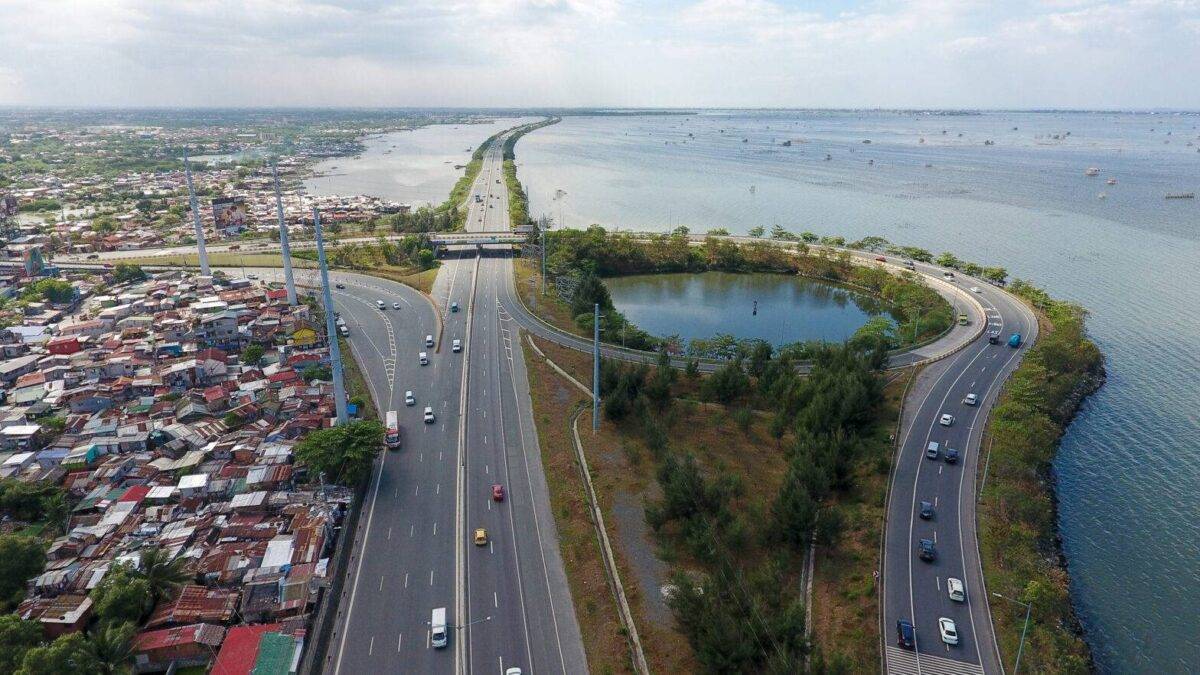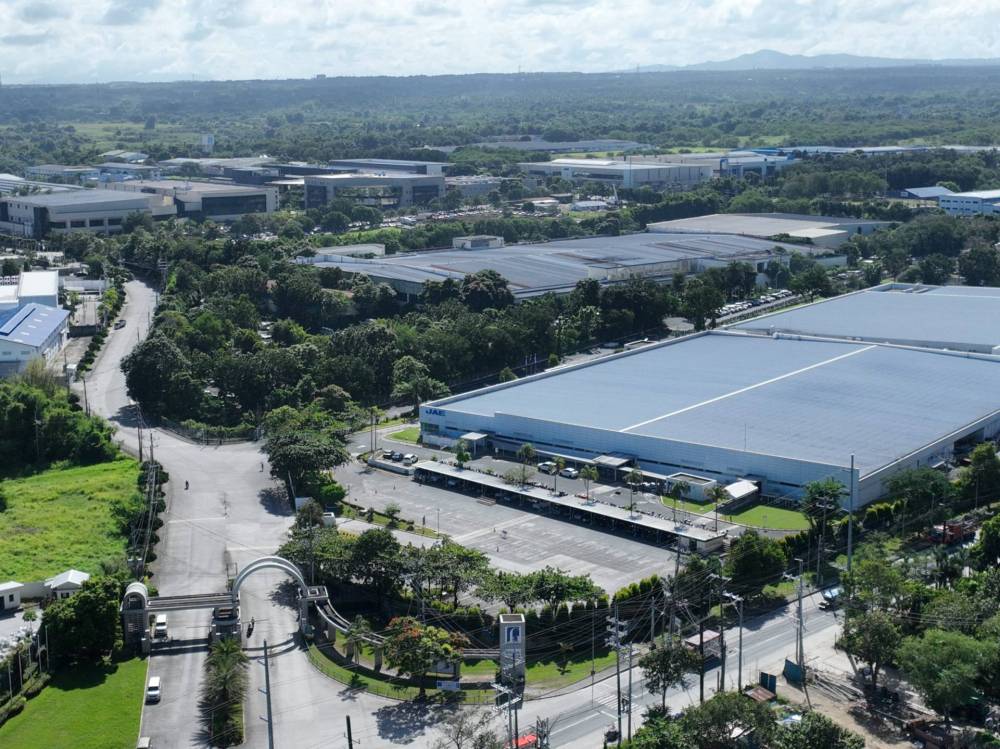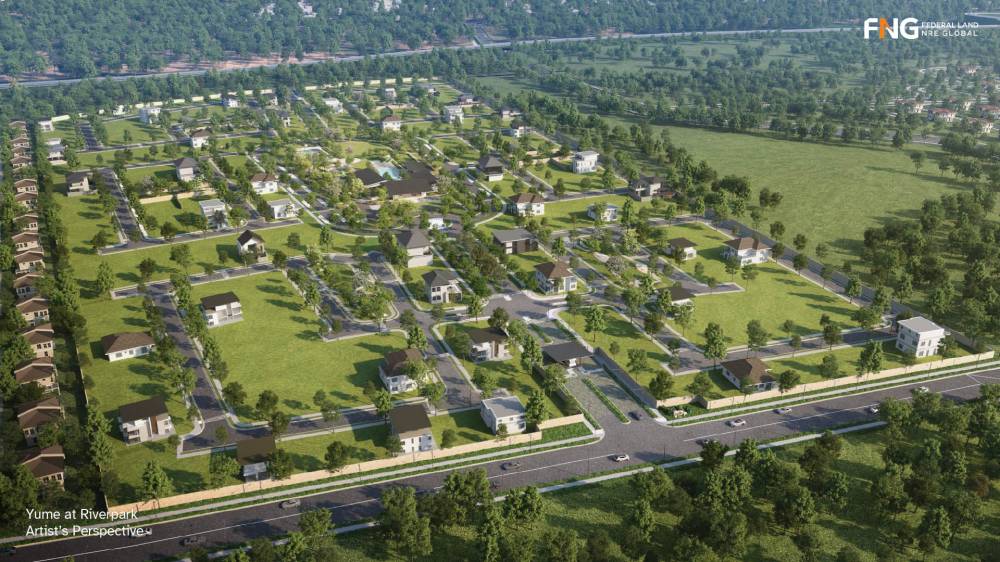Why GenTri is the next prime spot for residential dev’ts

Cavite is a property powerhouse.
From condominium towers to lot-only communities, this province stands out as one of the prime property markets in the country. Its dynamism is supported by a strong local economy that is powered by manufacturing, outsourcing, and leisure industries.
There’s no doubt that the improvement of road networks in South Luzon enabled Cavite to come to its own as an urban center and rise from its previous image as a mere suburban support area to Metro Manila. It has become a crucial destination for national developers eyeing the next wave of growth outside of Metro Manila.

Cashing in on improving connectivity
We see Cavite’s further development as a major property investment destination given the key infrastructure projects launched over the past years, and the developers’ aggressive launch of masterplanned communities.
There’s the Cavite-Laguna Expressway (Calax), which connects the Manila-Cavite Expressway and South Luzon Expressway. The 3.9-km Silang Interchange partially opened in November 2023, with full completion expected by the first half of 2026. This major public project is seen to raise land and property prices in South Luzon.
Other key infrastructure projects include the North-South Commuter Railway (NSCR), which will link Metro Manila and Laguna once completed in 2032; and the LRT-1 Cavite Extension, which can reduce travel time from Baclaran to Bacoor, Cavite to just 25 minutes from the current 1 hour and 10 minutes.
The 32-km Bataan-Cavite Interlink bridge is meanwhile seen to reduce travel time between Bataan and Cavite to just 30 minutes from five hours.

Industrial fueling residential
Currently, industrial take-up in Cavite is heavily driven by manufacturing companies engaged in automotive, semi-conductors, and packaging.
The Marcos administration has scored fresh investment pledges from foreign companies planning to either put up factories or expand operations in Cavite. Once realized, these pledges should result in stronger industrial space and warehouse absorption in Cavite, and should buoy the province’s ability to generate more jobs.
At the same time, Colliers Philippines sees the aggressive expansion of industrial activities in Cavite fueling residential demand across key cities including General Trias.

Growing demand for horizontal developments
Horizontal projects remain attractive in Cavite, including General Trias, an emerging hub for developers looking for high growth areas in the Cavite-Laguna-Batangas corridor.
As of 2024, lot-only projects in General Trias recorded take-up ranging from 60 percent to 100 percent, with upscale projects (P4 million to P10 million) accounting for nearly half of the total take-up.
Meanwhile, economic projects and affordable house and lot (H&L) projects (P580,000 to P3.2 million) are well-received among local end-users especially for projects located in General Trias. As of 2024, average selling price of H&L units in General Trias stood at P3.2 million per unit, with aggregate inventory in the area almost fully sold.
What’s next for GenTri
Colliers Philippines is seeing the rise of GenTri as an important property hub in the Southern Luzon region.
This city is proof of developers’ aggressive search for the next prime property spot. H&L and lot-only projects in GenTri are deemed attractive among local end-users and we are projecting the condominium segment to follow suit.
With a good infrastructure network, proximity to major industrial parks, and strong demand base fueled by local buyers and well as overseas Filipino end-users, we see GenTri becoming the next bright spot for South Luzon property.
Prior to joining Colliers in March 2016, Joey worked as a Research Manager for a research and consutancy firm where he handled business, political, and macroeconomic analysis. He took part in a number of consultancy projects with multilateral agencies and provided research support and policy recommendations to key government officials and top executives of MNCs in the Philippines.


















